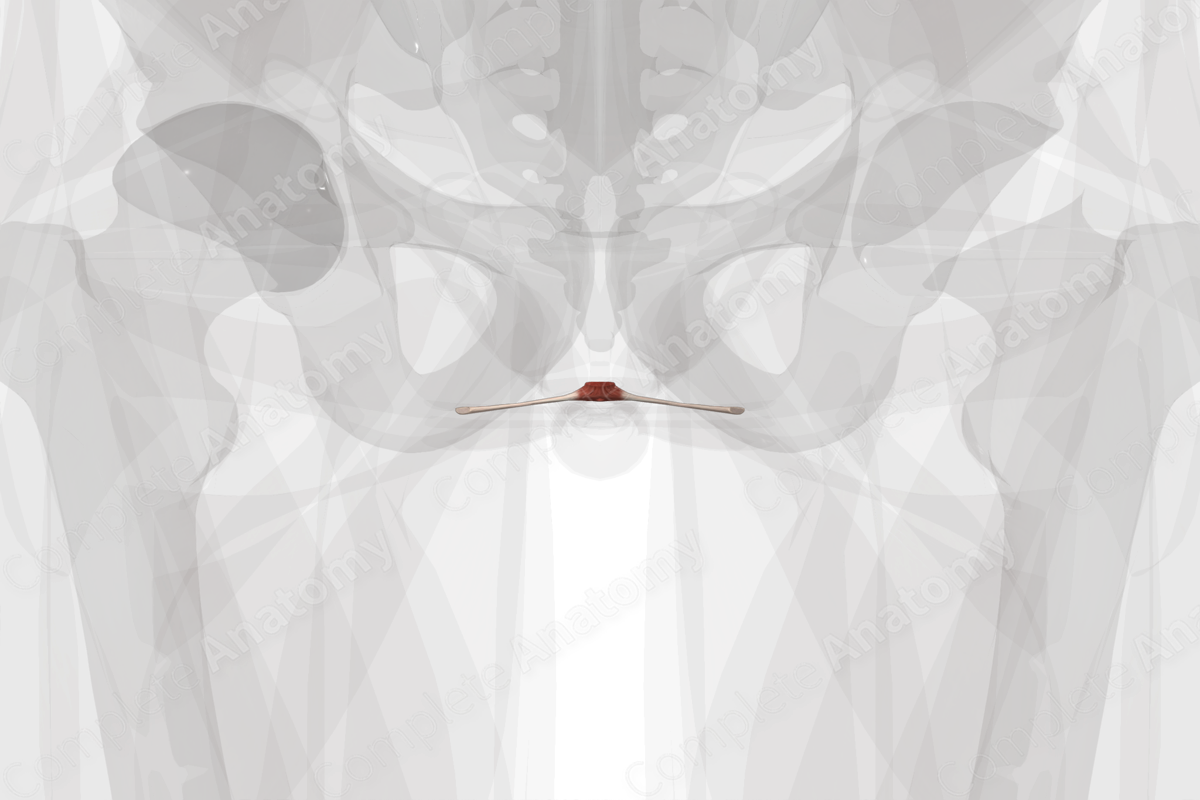
Quick Facts
Origin: Rami of both left and right ischial bones.
Insertion: Fibers encircle membranous urethra.
Action: Constricts urethra.
Innervation: Perineal nerve (S2-S4).
Arterial Supply: Perineal artery.
Related parts of the anatomy
Origin
The male external urethral sphincter muscle originates from the internal surfaces of the rami of both the left and right ischial bones.
Insertion
The fibers of the male external urethral sphincter muscle travel medially, from both its left and right origin sites, to the membranous urethra. Its left and right-sided fibers are continuous with each other as they encircle the membranous urethra.
Key Features & Anatomical Relations
The male external urethral sphincter muscle is one of the muscles of the deep perineal space, which itself is found in the urogenital triangle of the perineum. It is a small, circular muscle that surrounds the membranous urethra in males.
The male external urethral sphincter muscle is located:
- anterior to the perineal body;
- superior to the perineal membrane;
- inferior to the prostate.
The bulbourethral glands are embedded within the fibers of the male external urethral sphincter muscle.
Actions
The male external urethral sphincter muscle constricts the membranous urethra, keeping it closed and contributing to urinary continence. Its fibers relax during micturition (Standring, 2016).
List of Clinical Correlates
- Urinary incontinence
References
Standring, S. (2016) Gray's Anatomy: The Anatomical Basis of Clinical Practice. Gray's Anatomy Series 41st edn.: Elsevier Limited.
Actions
The male external urethral sphincter muscle constricts the membranous urethra, keeping it closed and contributing to urinary continence. Its fibers relax during micturition (Standring, 2016).




